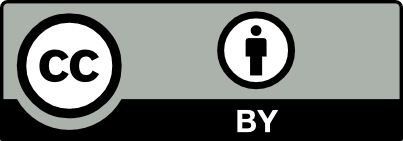EVALUATING A GLYCOL NEUTRALIZER AND CORROSION INHIBITOR EFFICIENCY FOR CARBON STEEL IN A GLYCOL SYSTEM
Abstract
A physicochemical characterization was conducted for samples of rich triethylenglycol RTEG
(contacted with natural gas and moisture), poor glycol PTEG (without moisture) and water of
condensation taken from a cryogenic unit TWC. Tests of linear polarization resistance (LPR)
and Tafel polarization curves were performed to determine the corrosion rate of RTEG,
PTEG and TWR (Teg water removed) and the corrosion inhibitor (Coastal 1755) efficiency
at different concentrations for static conditions. One rotating ring electrode coupled to a
potentiostat galvanostat Autolab/PGSTAT 302N was used for evaluation, using procedures in
accordance with ASTM G-170- 01, “Standard Guide for Evaluating and Qualifying Oil Field
and Refinery Corrosion Inhibitors in the Laboratory “.
The corrosion deposit extracted from the drainage system was characterized by an emission
spectrometer, brand Jarrel Ash and x-ray diffraction brand Phillips.
Corrosion rate of process water without inhibitor injection is in the order of 4 mpy (0.114 mm
/ year) and for mixtures of triethylenglycol are considered negligible therefore Coastal 1755-
C inhibitor is neutralizing acidity and controlling corrosion in the system.
Downloads
Copyright (c) 2015 Sociedad Química del Perú

This work is licensed under a Creative Commons Attribution 4.0 International License.
Revista Arbitrada
Derechos reservados: Prohibido el uso total o parcial del material de esta revista sin indicar la fuente de origen.
Nota: Las referencias comerciales que aparecen en los trabajos no constituyen una recomendación de la
Sociedad Química del Perú










